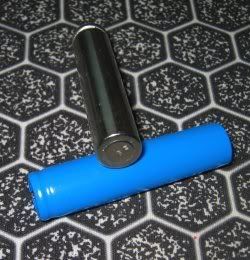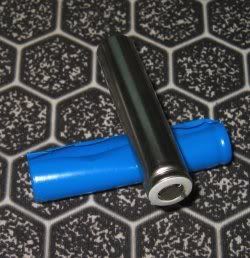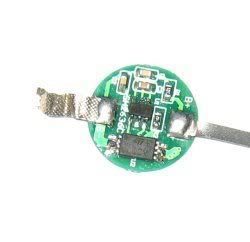I'm a relative newbie. Can you explain the difference between protected and unprotected cells? I have RCR123As with the name Powerizer on them. Doesn't say where they were MFG-ed. But they do have a plastic "wrap" on them and what appears to be two vent holes on the positive end. Are these protected cells?
It's a very good and important question. When we say "Protected" we mean a separate computer chip that is added and gives a cutoff (breaks the circuit in the battery from completing) if the voltage goes too low, the voltage goes too high, the current amperate goes too high, and the cell temperature rises too high.
I sacrificed one of my AW 14670 cells to show you exactly what this means. Click on the thumbnail images below. AW starts with a normal UNprotected cell in blue plastic which he also sells. These have the vent holes which help release pressure if the temperature rises, and gas expands. That means the starting blue, unprotected cell just has high temp venting protection (as far as I know).
Now note there is a thin computer chip on the bottom under a metal disc. One end is welded to the bottom (Negative Terminal) of the blue battery, and the other end uses a thin contact strip to run along the side and attach on the top Positive terminal.
It is this computer chip that does all the important sensing and interruption of the circuit, otherwise the blue cell is an unprotected cell. The additional black shrink wrap and label are added to keep the components anchored and insulated. You can feel and see the space at the bottom of the bottom of a protected AW battery where the PTC circuit is locate4d.
If the ones you are buying for other lights, such as R123 do not specify that they have this kind of protection, and especially if you don't see the circuit gap and feel the thin strip along the side, then it's pretty safe to assume you are not using protected Lithium cells. I hope this illustrates more clearly what a "Protected" battery actually means.
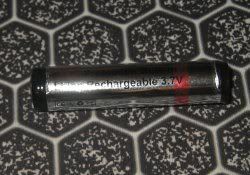
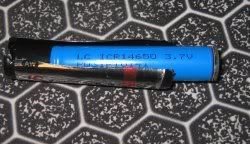
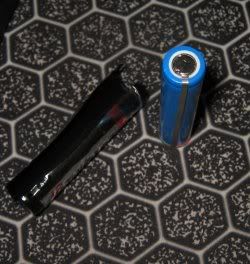
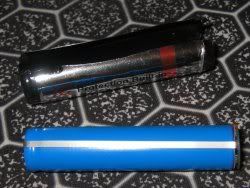
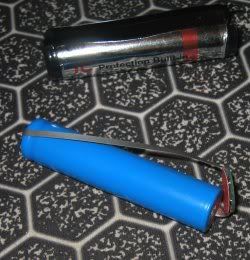
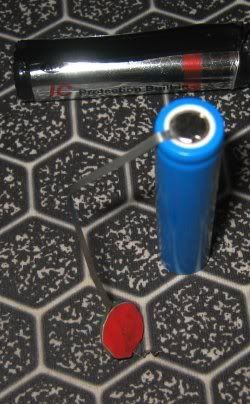
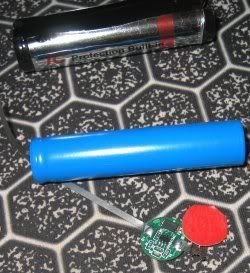
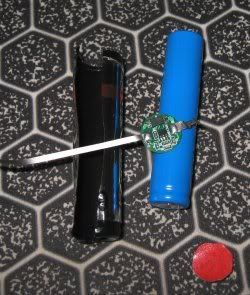
Finally, if I remove the blue wrapper you see the metal canister with the plastic circle on top that separates the Negative entire outside and the inner, middle top positive end. It is a shiny, stainless steel casing, it just photographed a darker color.
